Spice Safari: 7 Mouthwatering African Dishes You Need to Try
Table of Contents
- Introduction: A Flavorful Journey Across the Continent
- Top 7 Typical African Foods That Pack a Spicy Punch
- Spice Guide: From Mild to Wild in Africa
- Comparison Table: Regional Spice Profiles
- Pro Tips: Cooking African Spices Like a Local Legend
- Conclusion: Your Taste Buds Will Thank You
Introduction: A Flavorful Journey Across the Continent
When most people think of African cuisine, they imagine savannahs, tribal dances, and... wait for it... grilled meat. But hold your horses—because the real magic lies in the spices! 🌶️
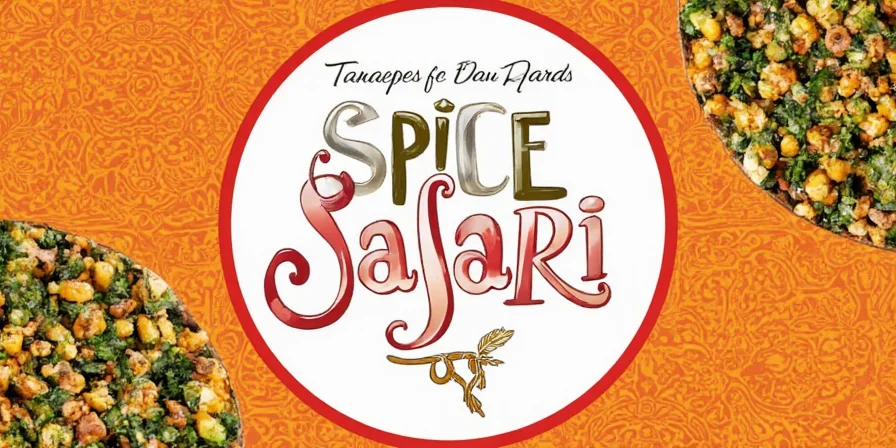
Africa isn’t just one big barbecue pit—it’s a culinary kaleidoscope. From the fiery berbere of Ethiopia to the tangy peri-peri of Mozambique, each region has its own secret weapon in the kitchen.
Top 7 Typical African Foods That Pack a Spicy Punch
- Jollof Rice (West Africa)
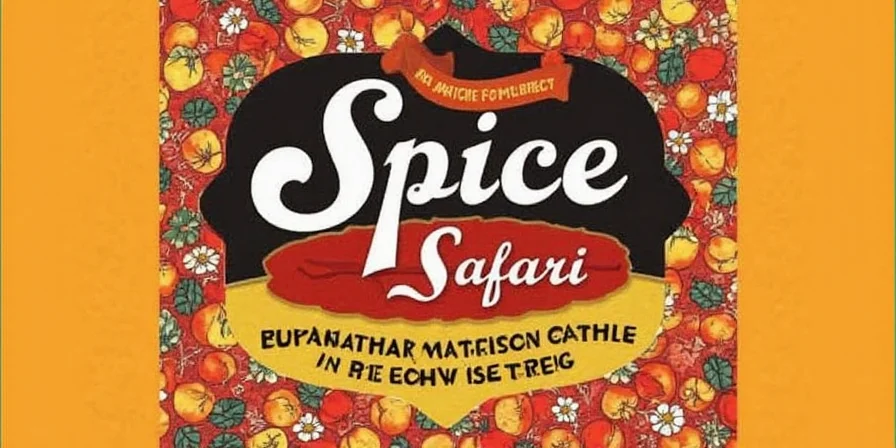 The national dish that starts wars (okay, maybe just arguments). Spiced with peppers, tomatoes, onions, and a dash of rivalry between Nigeria, Ghana, and Senegal.
The national dish that starts wars (okay, maybe just arguments). Spiced with peppers, tomatoes, onions, and a dash of rivalry between Nigeria, Ghana, and Senegal. - Injera & Doro Wat (Ethiopia)
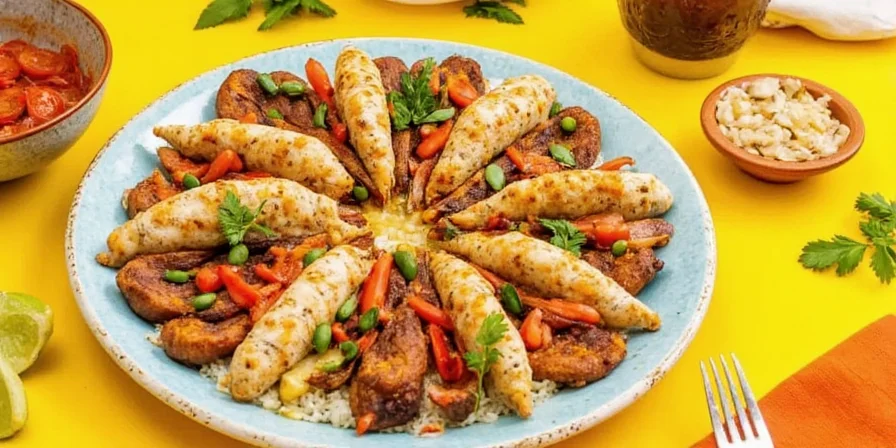 Fermented sourdough flatbread meets slow-cooked chicken stew spiced with berbere. Warning: may cause uncontrollable finger-licking.
Fermented sourdough flatbread meets slow-cooked chicken stew spiced with berbere. Warning: may cause uncontrollable finger-licking. - Pilau (Kenya/Tanzania)
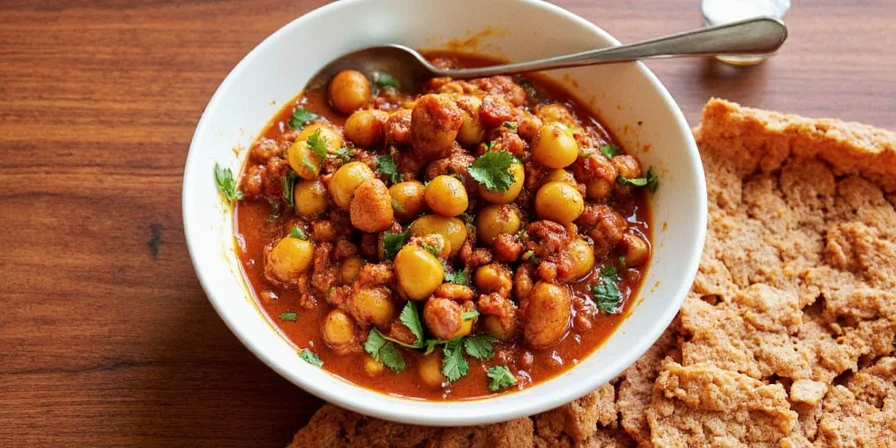 Not your average rice dish. Infused with cloves, cinnamon, cardamom, and mystery. Often served during weddings and holidays.
Not your average rice dish. Infused with cloves, cinnamon, cardamom, and mystery. Often served during weddings and holidays. - Couscous with Harissa (North Africa)
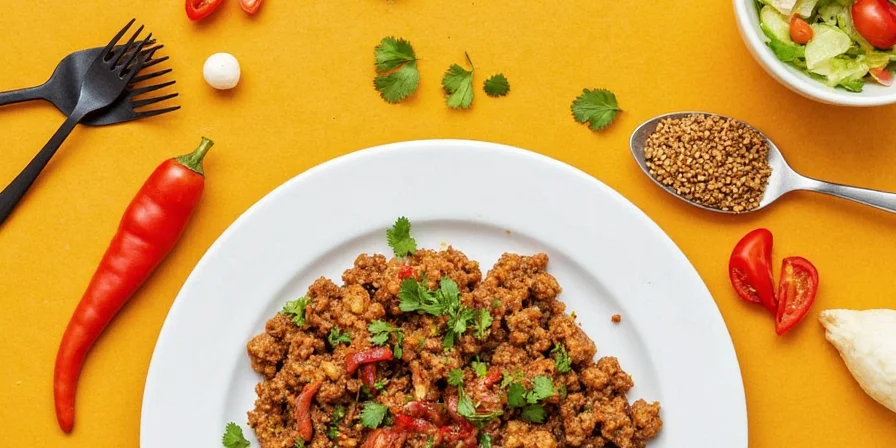 North Africa's answer to heat lovers. Harissa brings the fire, while couscous soaks it up like a fluffy sponge.
North Africa's answer to heat lovers. Harissa brings the fire, while couscous soaks it up like a fluffy sponge. - Bunny Chow (South Africa)
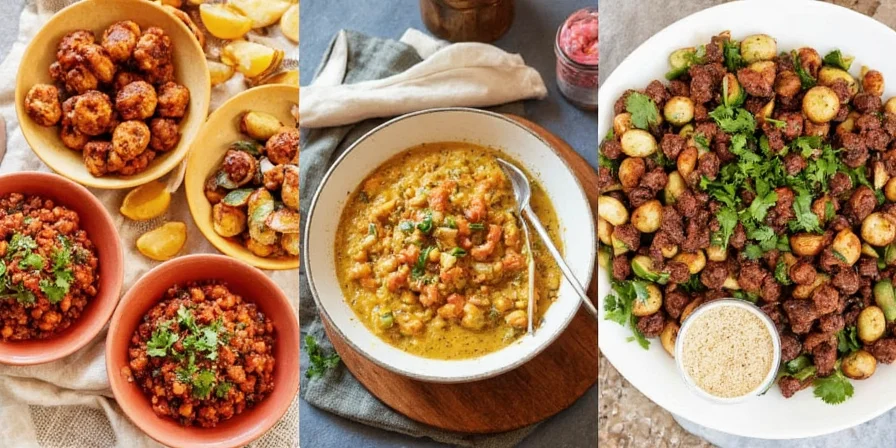 Hollowed-out bread filled with spicy curry? Yes please. A legacy from Indian immigrants who knew how to bring the heat.
Hollowed-out bread filled with spicy curry? Yes please. A legacy from Indian immigrants who knew how to bring the heat. - Fufu with Light Soup (Ghana)
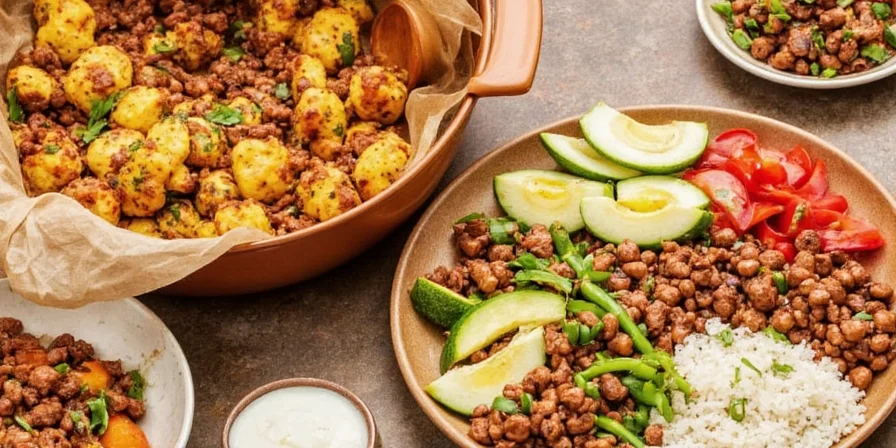 Fufu is the ultimate comfort starch. Dip it into light soup—a punchy, peppery broth—and prepare for flavor fireworks.
Fufu is the ultimate comfort starch. Dip it into light soup—a punchy, peppery broth—and prepare for flavor fireworks. - Suya (Nigeria)
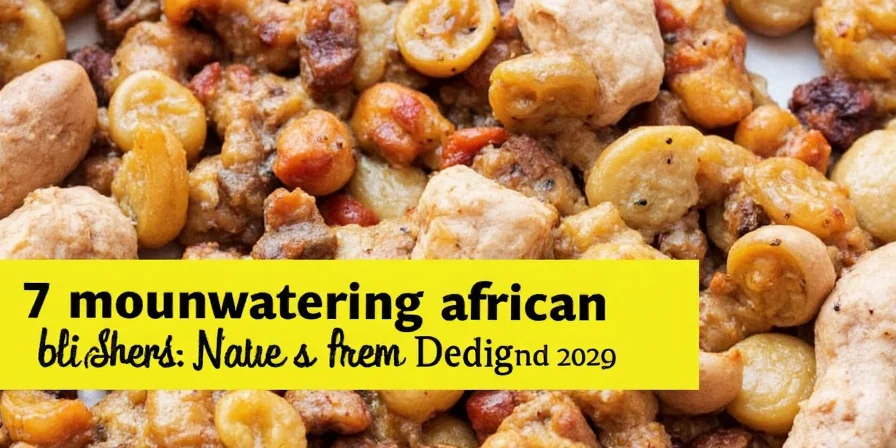 Grilled meat on a stick seasoned with peanuts and a powerful blend of chili, ginger, and garlic. Street food royalty.
Grilled meat on a stick seasoned with peanuts and a powerful blend of chili, ginger, and garlic. Street food royalty.
Spice Guide: From Mild to Wild in Africa
Want to know which spices are hot and which are not? Here’s your cheat sheet:
- Berbere – Ethiopian powerhouse. Smoky, spicy, complex. Think paprika’s more interesting cousin.
- Harissa – North African firestarter. Made from roasted red peppers, garlic, and cumin. Use sparingly unless you enjoy tears (the flavorful kind).
- Peri-Peri – Portuguese-African love child. Fiery and citrusy. Best known from South Africa to Mozambique.
- Madras Curry Powder – Used across East Africa thanks to Indian influence. Warm and earthy with a hint of heat.
- Grains of Paradise – West African secret weapon. Tastes like pepper met citrus and got married in a forest. Great for meats and soups.
Regional Spice Comparison Table
| Region | Main Dish | Signature Spice/Seasoning | Flavor Profile | Heat Level |
|---|---|---|---|---|
| West Africa | Jollof Rice | Scotch bonnet peppers, thyme | Smoky, sweet, and spicy | 🌶️🌶️🌶️ |
| East Africa | Pilau | Cinnamon, cloves, cardamom | Aromatic, warm | 🌶️🌶️ |
| North Africa | Couscous | Harissa, turmeric | Earthy, fiery, zesty | 🌶️🌶️🌶️🌶️ |
| Central Africa | Pondu (Pounded Cassava Leaves) | Garlic, chili, palm oil | Rich, herbal, and bold | 🌶️🌶️ |
| Southern Africa | Bunny Chow | Curry powder, ginger | Spicy, savory, aromatic | 🌶️🌶️🌶️ |
Pro Tips: Cooking African Spices Like a Local Legend
Ready to bring the flavors of Africa into your kitchen? Here are some practical tips to get you started:
- Toast Your Spices First – Always dry roast whole spices before grinding. It unlocks their aroma like turning on a flavor switch.
- Layer Your Flavors – Start with aromatics (onion, garlic), add spices early, and build complexity slowly. Patience is key!
- Dare to Blend – Create your own custom spice mixes. Combine ground coriander, cumin, paprika, and a pinch of chili for an instant African twist.
- Use Fresh Chilies When Possible – While dried chilies are great, fresh ones give a brighter, more vibrant heat. Just wear gloves!
- Balance Is Everything – If things get too spicy, add a touch of honey or coconut milk. Sweet and heat make great dance partners.
- Don't Skip the Oil – African dishes often rely on oils (like palm or peanut) to carry flavor. They help spices bloom and shine.
Conclusion: Your Taste Buds Will Thank You
So there you have it—your guide to typical African foods, loaded with spice secrets and flavor hacks. Whether you're making Jollof Rice or whipping up your own harissa, now you’ve got the tools to bring the continent’s best-kept culinary treasures straight to your table.
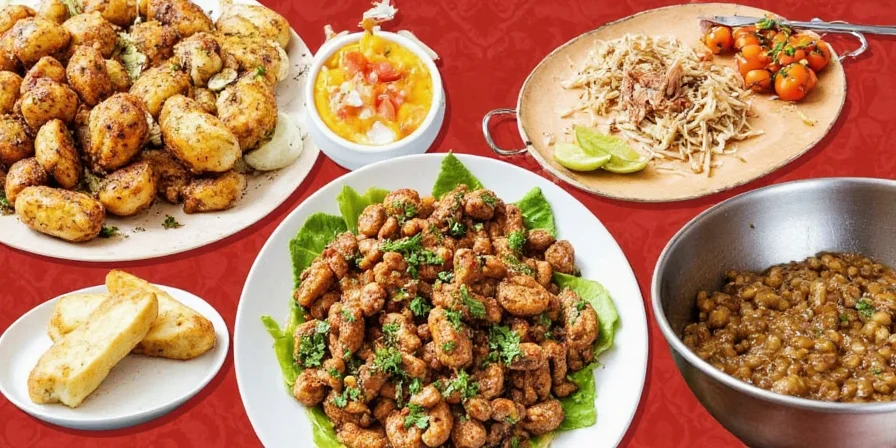
Don’t be shy—get saucy, embrace the heat, and let your inner spice explorer run wild. After all, life is too short for bland food. 🔥

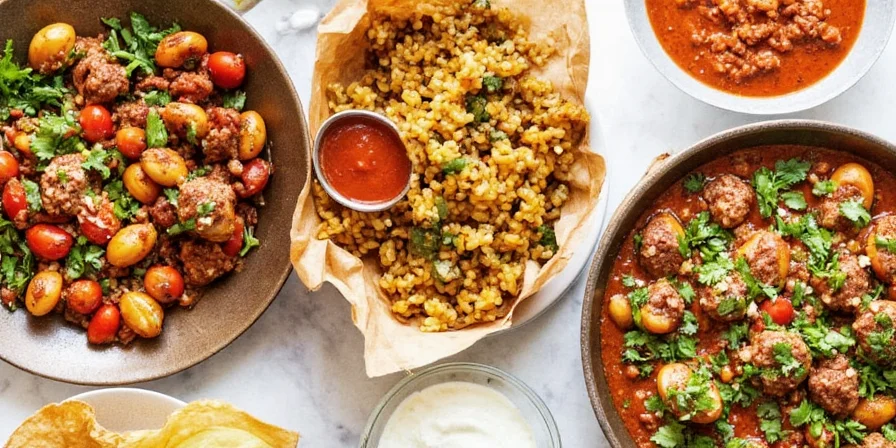









 浙公网安备
33010002000092号
浙公网安备
33010002000092号 浙B2-20120091-4
浙B2-20120091-4